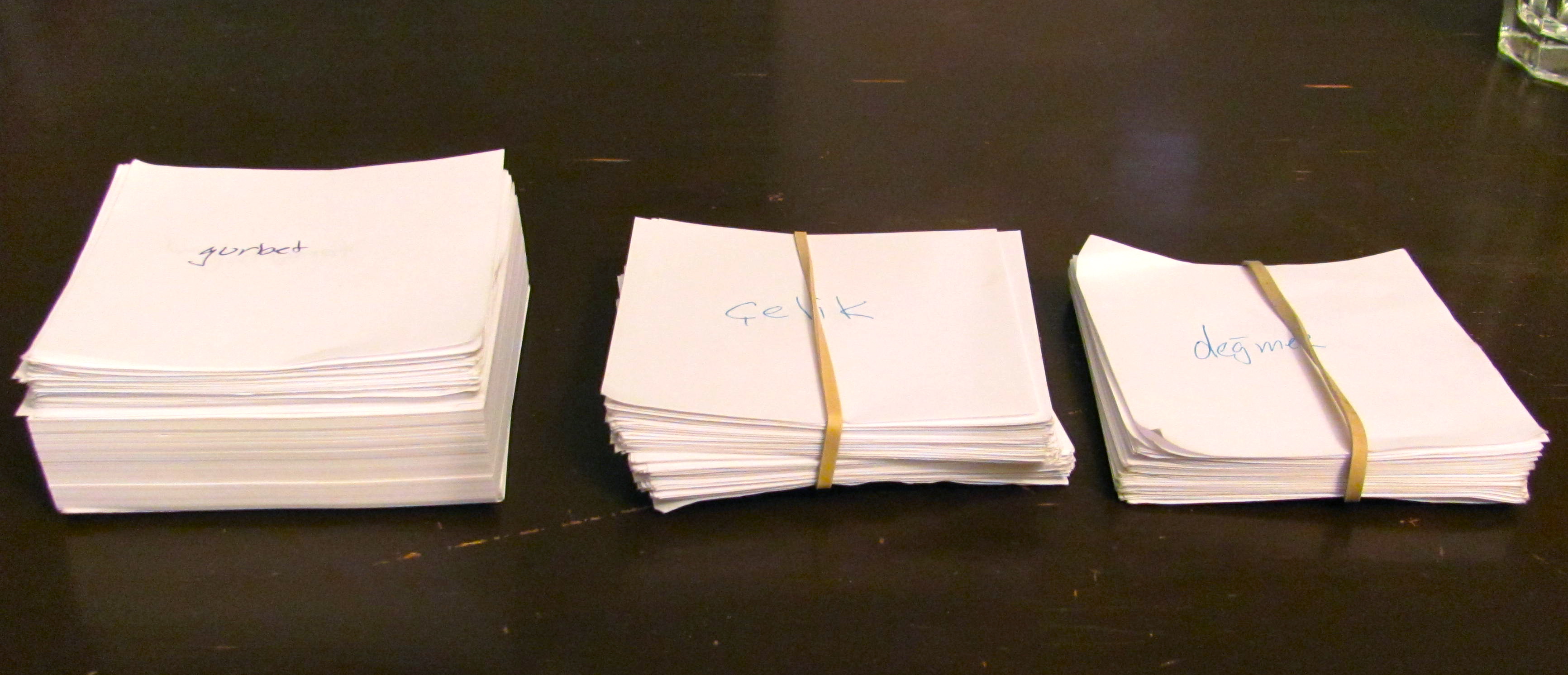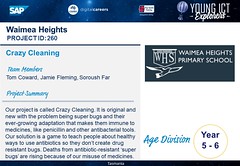
Hi all,
This week I had a chance to catch up with a few teachers and talk through their students’ projects. Its fantastic what’s bubbling away out there in Young ICT Explorers land (now more than ever I am confident our tech future is in safe hands). A few teachers had similar questions about the student proposals due on July 7 so I thought I would post some answers here.
Why do we have proposals? The student proposals exist to help students crystallise their ideas. They might have spent a few weeks in groups talking through various projects, exploring the potential of certain technologies or simply having fun being creative. The proposals are a chance for students to put some structure behind their ideas and identify what tech they plan to use and what problem they plan to apply it to. There is quite a lot of information in the Information Pack (see page 7) – the gist of it is that before midnight on July 7 teachers need to upload a file (pdf or .doc/x) containing the students’ proposal. Upload the documents to the same place you registered as a teacher: HERE.
Proposal content: The reports can be up to 15 pages long. They are not meant to be final versions and students can keep working on them right up until the competition day itself. If you feel that students can accurately describe their projects in 2-4 pages that is also ok – 15 pages gives them enough space to include screen shots, schematics, logos or any other graphics.
Example content: taken from page 7 of the information pack
- Title page: Your Name/ name of your group members. Name of your project. School name.
- Introduction: What is your project? How did you choose your project? Problems you encountered.
- Describe your project design and features: How does it work? Use clearly labeled images, photos, diagrams and screenshots. Include any research findings you may have. Describe the problems you encountered
- User Manual/Instructions: How do you use your project?
- Conclusion: What did you learn? What would you do differently the next time?
Other proposal ideas:
 Tech: I always like to ask students why they chose one option over another. How did they decide on a certain file format for their movie? Why did they choose a certain programming language? If a student could articulate the differences and/or pros and cons relating to their choice it demonstrates a greater depth of understanding and knowledge.
Tech: I always like to ask students why they chose one option over another. How did they decide on a certain file format for their movie? Why did they choose a certain programming language? If a student could articulate the differences and/or pros and cons relating to their choice it demonstrates a greater depth of understanding and knowledge.
Audience: I’m impressed when students think through who their audience is and how the choice of technology is related to their audience. Are certain technologies and formats better suited for certain groups (i.e. do young people prefer mobile content and *ahem* older generations prefer embedded video supported by downloadable pdfs?)
Messaging: I’m also a big believer that students find motivation in applying the technology to a cause or passion they believe in. It does not always have to be social/environmental but could be something they see in the school yard, playing sport or an in-home issue (imagine a wall mounted monitor, driven by a Raspberry Pi that pulled together different family members’ calendar reminders?!). Students should be able to explain the motivation behind their projects.
Creativity: where it gets really exciting is when students apply technology in unusual ways. The best ideas take a simple piece of technology and then subvert its original use into something unusual and fun – proximity sensors are always great, temperature gauges, mobiles that send messages when they hit certain GPS coordinates… there are loads of ideas.



